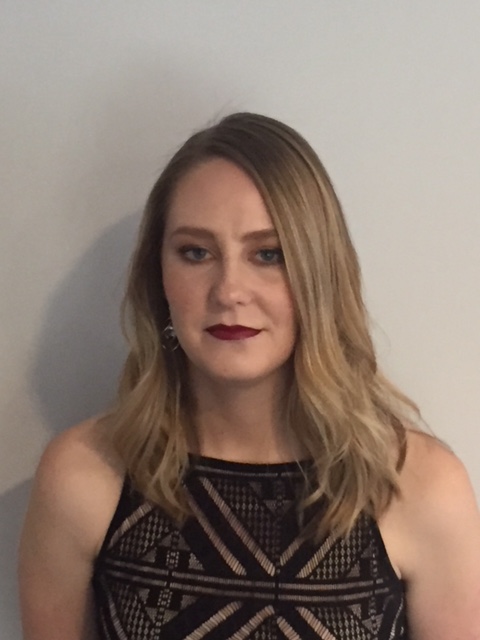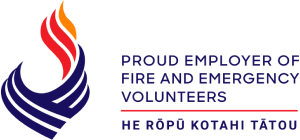The Science and Art of Nursing
A paper by Alexandra Clark, Kalandra Academic Manager, for her Post Graduate Diploma in Health Science.

Alex explains "The poem and analysis were an assignment for my final paper. The task was to use free thought to create something and then analyse it using different worldviews. I decided to write a poem depicting my experience of a resuscitation event that I was involved in which I then analysed using the scientific and hermeneutic worldviews."
A young girl lying motionless
Infusion running
Chest compressing
Lungs expanding
Alarms sounding
A shock delivered
A heart in motion
A young girl lying motionless
Time stands still
Watching, waiting
Everyone praying
Frozen
No one breathing
Decision made
A young girl lying motionless
Denial, pleading
Hearts breaking
Touch the shoulder
Hold on tight
A silent tear
No sleep tonight
A young girl lying motionless
The poem above describes the attempted resuscitation of a young girl and demonstrates the toll that nursing can have on an individual. The first stanza depicts the efforts of the team. The second stanza portrays a moment in time. The third and final stanza explains the overall outcome. This experience, however rare, is not an isolated event in the world of paediatric emergency care, but it is a very important memory of the writer and was a defining moment in her career. We will attempt to understand this poem from the point of view of the writer using scientific and hermeneutic perspectives.
Infusion running
Chest compressing
Lungs expanding
Alarms blaring
A shock delivered
A heart in motion
A young girl lying motionless
The first stanza depicts the efforts of the team and the science of nursing over a period of time. Protocols being followed, medications being given, assisted circulation and assisted breathing. Medicine is a scientific disciple based on gold standard and evidence-based protocols. This child had suffered a cardiac arrest, thus the team were following the child resuscitation guideline. The resuscitation guidelines are designed using relevant peer reviewed international literature and are constantly reviewed (New Zealand Resuscitation Council, n.d.). These guidelines facilitate a very systematic, almost robotic-like movement of the team to achieve the collective goal. There is no room for error. There is no time to stop and consider. The team works as one while the young girl lies still. Pump the chest, breathe in and out, adrenaline in, “stand clear”, “shock”. Everyone has a role to play, compressions, medications, documentation, team leader. Everyone knows what is happening, when and why. However, this is the easiest and smallest aspect of a resuscitation attempt.
Time stands still
Watching, waiting
Everyone praying
Frozen
No one breathing
Decision made
A young girl lying motionless
In direct contrast to the first stanza, the second stanza is emotive and full of feeling. It describes a brief moment in time where the world appears to stand still for this writer. Time is a subjective phenomenon. Although time can be measured, the experience of time is different for everyone. During the first stanza the impression is that time is ongoing and happening quickly. Adrenaline will be running; requests being fired around and minutes feeling like seconds. In the second stanza, we can feel the anticipation, that ‘breath holding’ moment waiting to see if what the team has done is enough to restart this child’s heart. Time stands still. We all understand that time never really stands still but during time of intense pressure and stress a person can experience what they interpret as ‘time slowing down’. It is acknowledged that although this is the writers experience, everyone else encountering this situation will experience it differently. The parents will experience a different perception of time to those in the medical team. Despite this attempt taking potentially an hour, they will probably perceive it as seconds. Alongside this, each individual will also have a different understanding and experience. The medical team will attempt to understand what is happening through the ‘fusion of horizons’. What they learnt in medical/nursing school about the anatomy and physiology of the heart and what could have happened to provoke this situation. The team will be trying to relate the symptoms to previous patients and at the same time will be running through the resuscitation algorithm that is second nature to them. The parents will relate what they are seeing to anything that makes sense. They have seen this on TV. The patient gets shocked with the big paddles and suddenly sits up and talk.
Denial, pleading
Hearts breaking
Touch the shoulder
Hold on tight
A silent tear
No sleep tonight
A young girl lying motionless
The final stanza shows the outcome, the aftermath, and the emotional toll. The ‘art of nursing’ is described as the perception of a patients needs along with genuine, attentive and immersive ‘being’ with the patient and family (Robinson, 2014). The art of nursing is the perfect melding of the scientific and hermeneutic perspectives. The nurse that utilises and combines the comprehension of science along with the understanding of human needs, wants and desires to best care for their patient and family. This stanza depicts the beauty of nursing. The caring, empathetic and humanistic nature. The first two sentences relate to the parent’s reaction. The next four however relate to the writer and her experience of the moments after death. Trying to provide comfort to the grieving parents while also managing her own raw emotion at the death of a child. Touch the shoulder. Hold on tight. Physical touch and comfort for the parents. Touch is shown to be calming, encourage strength and demonstrate presence along with the physiological benefits for the receiver of the touch (Jones, 2017). A silent tear. No sleep tonight. The nurse trying to maintain a professional stance while also being unable to avoid a small display of emotion through the silent tear trickling down her face.
Back to News




